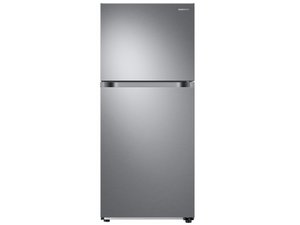Icemaker mold heater, not turning on. Replaced with a brand new
My 11 year old Samsung fridge’s (RS265TDRS) icemaker (DA97-11092B) stopped producing ice. I determined that the ice mould heater is not turning on. Water flows correctly and gears turn but when the fingers attempt to push out the ice cubes the mold heater does not turn on so the ice cubes remain frozen in the mould.
I have tried resetting the unit as well as removing the existing ice cubes with hot water. I decided to replace the icemaker entirely with a new unit. Easy swap. But The new unit functions exactly the same; works fine but the mold heater never turns on allowing the ice cubes to dispense. I tested the resistance of my old unit and got 88.6. In the correct range according to what I’ve read (between 60-90). Samsung wants to sell me a brand new refrigerator despite the fridge and freezer working perfectly.
I’m trying to figure out what activates the mould heater because it’s clearly not the ice makers themselves failing. Whatever sends power to the heater just isn’t doing it.
Any help or advice is appreciated. Thank you!
Это хороший вопрос?



 3
3